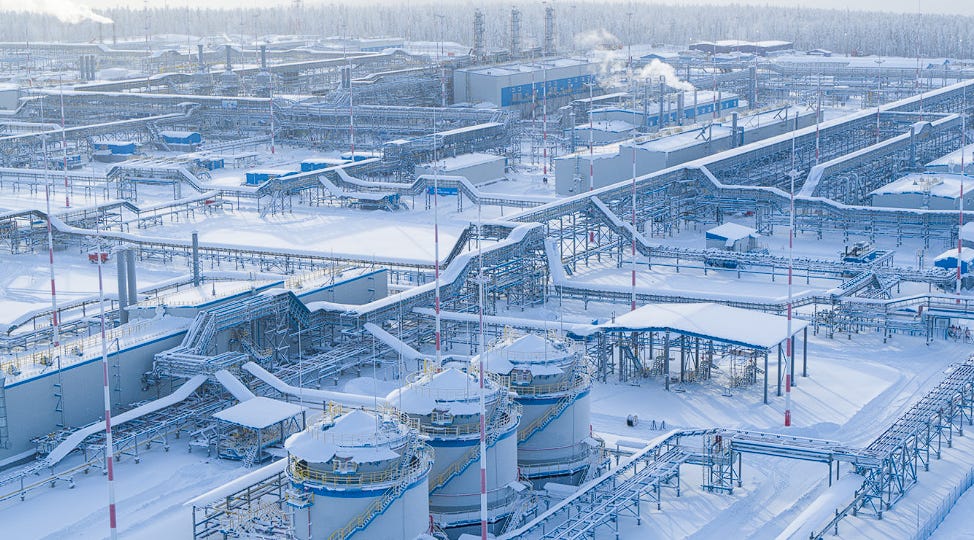Pipelines, Parades, and Power
The Siberian Dilemma in Eurasian Energy and Geopolitics
Eighty years after the end of World War II, the heart of Eurasia is once again at the centre of competing narratives and grand strategies. In China, the anniversary was celebrated with spectacular military displays and headlining pronouncements about strength, unity, and technological prowess. Yet, behind the colorful celebrations lies a more sobering s…




